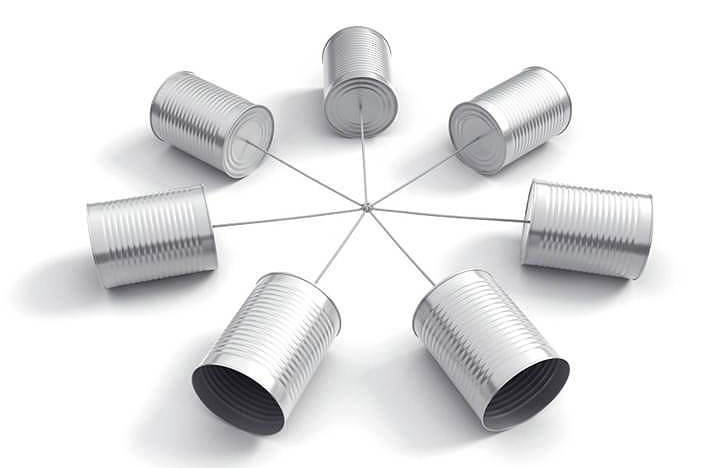The Importance of Building and Maintaining Relationships Beyond EMS – Part 2
Last week…
This is the second part of a two-part series about building relationships within the healthcare community but outside of your EMS circles.
Last week we explored why this is necessary and who we should be building those relationships with. In this post we’ll talk about the logistics and mechanics of making it happen.

Communications
In order to connect with those outside of EMS we must jump on every opportunity to connect. Communication is the key.
First, identify who the players outside of EMS are that you need to develop a relationship with. Next, put together a plan to connect with those people.
Communication is a two-way street. We must find things that we can contribute to the other person’s success which is just as important as knowing how that person can contribute to your success. It’s a take-and-give proposition.
Consider all sorts of communication channels. There is e-mail, telephone, in-person, written communication, networking at overlapping events and even social media. All of these avenues enable us to engage with those outside of our immediate circle of influence.
Make a point to engage with at least one or two non-EMS healthcare providers a month if but nothing more than reaching out to get to know who they are and by introducing who you are to them.
We find that EMS isn’t always understood. Too many in the healthcare world, hospital, physicians, etc. they see us as the guys that run in and out of their emergency department. To many of those folks, we are always in a hurry and all they understand is that we bring them more work.
Consider ways that you, personally, and that your EMS agency can engage those people for their understanding. Such things like educational opportunities, publishing blogs, whitepaper releases, social mixer events, etc. help to personalize EMS providers.
If you make the effort, then when it comes time to request some information that you desperately need from them in order to do your job, they’ll have an understanding of where you fit into the scheme of things and they’ll have an appreciation for why you are seeking the information.
The “Stuff” you need…
Now that you’ve developed the relationship with those outside of EMS in the healthcare community, now what is it you need from them?
Well there’s probably a lot you need from them. Let’s brainstorm…
- You need information about the patient and the transport- patient demographics, origin and destination info, pre-authorizations, reports on the patient’s condition prior to transport.
- You need “stuff”…
- A Patient Certification Statement (PCS/Medical Necessity Form)
- Signatures- most forms need to be signed appropriately prior or after the transport)
- Medical Necessity Documentation- such information as nursing notes, progress notes, medications lists, allergies, recent treatments, Skilled Nursing Facility Minimum Data Set forms and history (including plan of care information.)
- Medicare Part A versus Part B status of the patient.
- Reasonableness information…
- Why does the patient need to be transported to a second facility? What’s not available at the first facility?
- How did the patient present to the doctor’s office before the doctor’s staff call 9-1-1 and why did they call 9-1-1?
- Is the receiving facility the closest appropriate? If not, then why is the originating facility sending the patient to a more distant location? Only the sending facility’s personnel can answer that.
The list is endless and changes with each unique transport.
How are we going to effectively obtain all of this information? Well we have to ask and how can we ask if we haven’t made a connection with the people we need to ask?
The Future
Read all the EMS articles that are circulating today and you’ll quickly get a sense that EMS will cease to operate in the vacuum we have operated in for the last three decades or so. The healthcare marketplace is requiring us to become integrated with other healthcare providers whether or not we like it or not.
Reimbursement is made not only using the information that you gather and glean on your own, but in tangent with those who help you gain the information to “paint the picture” in words and documentation about your EMS incident.
It’s time we in EMS begin to think out of the box and make a strategy to network with others on the global healthcare scene. Doing so is in the best interest of our EMS careers and the patients we serve.